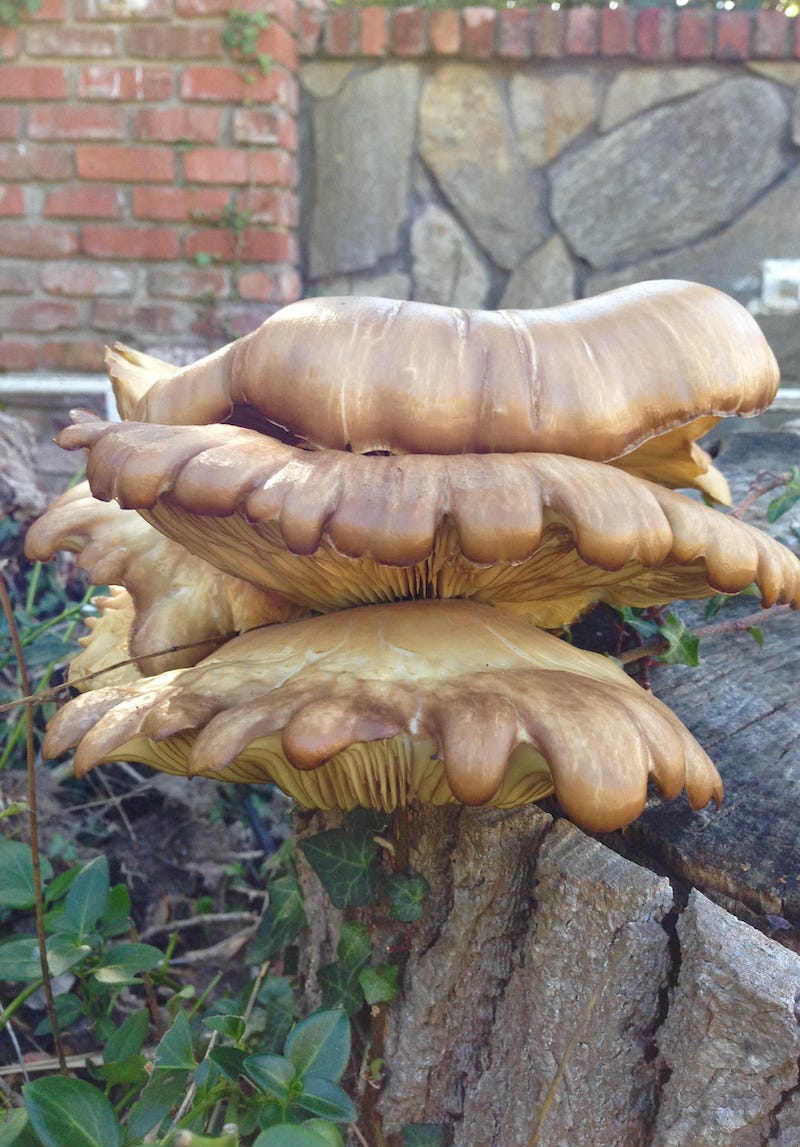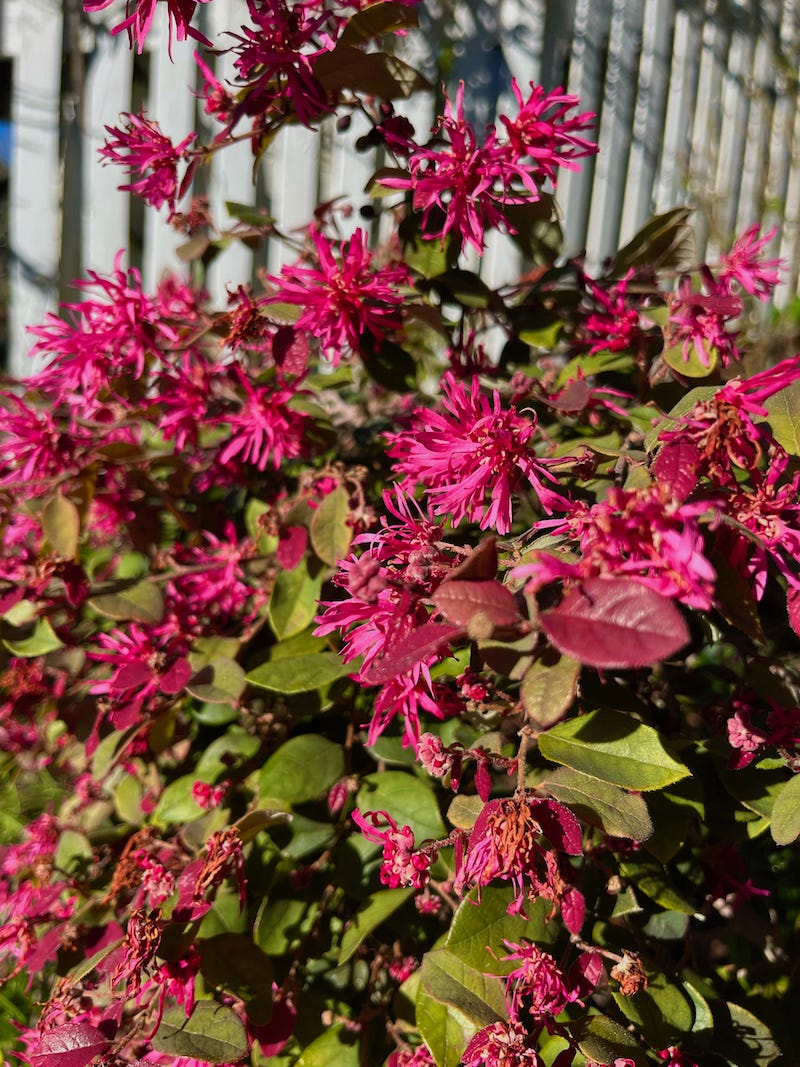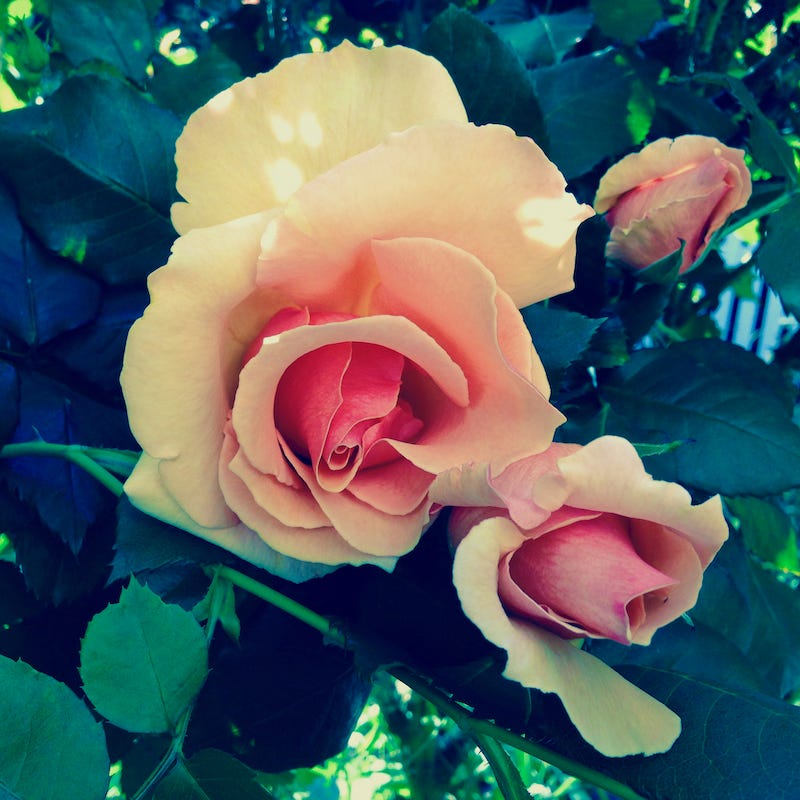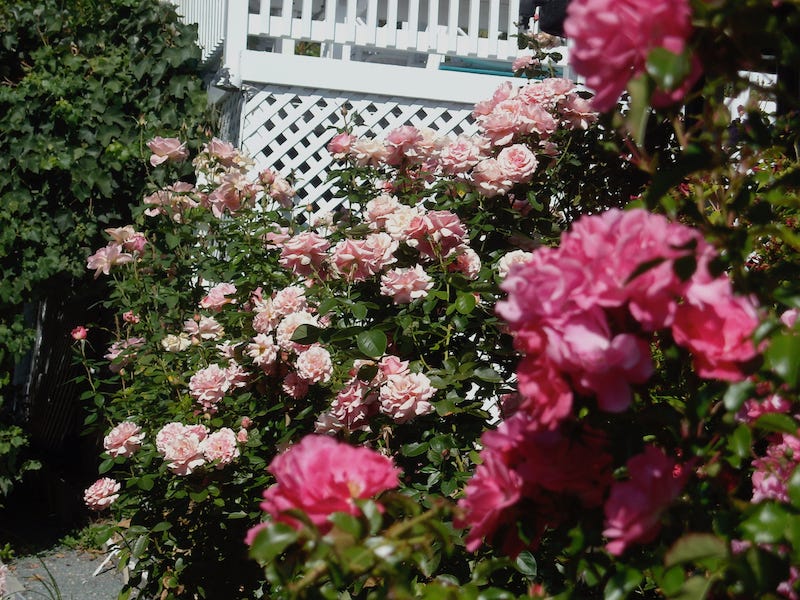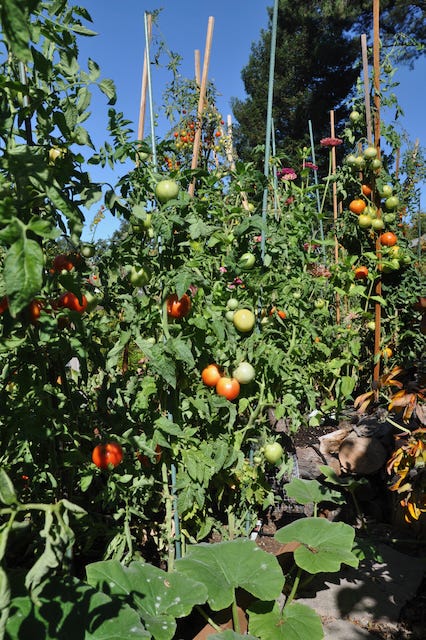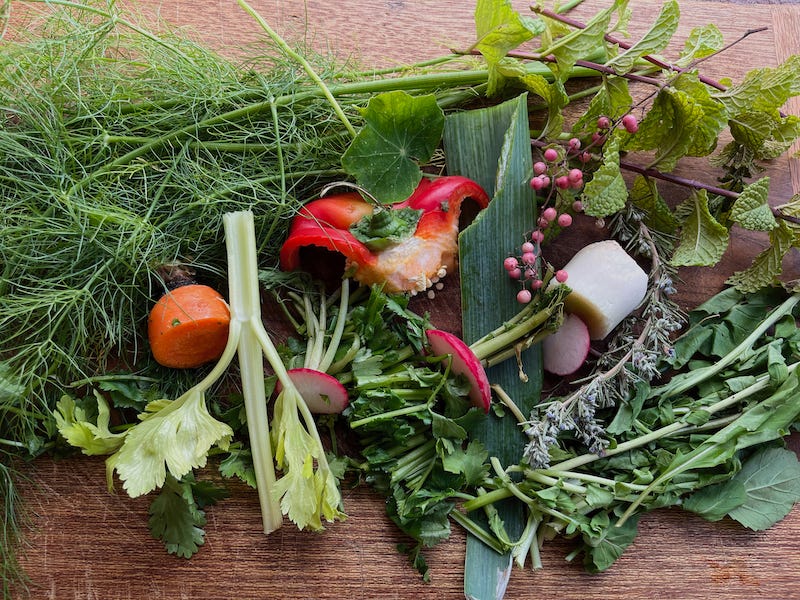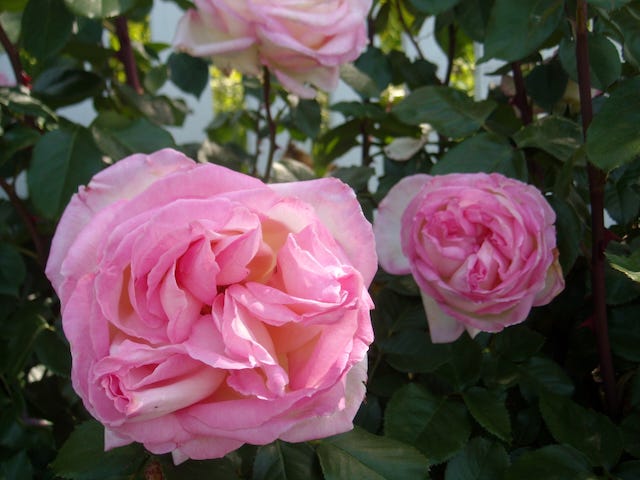“It’s the time that you spent on your rose that makes your rose so important…People have forgotten this truth, but you mustn’t forget it. You become responsible forever for what you’ve tamed. You’re responsible for your rose.” – Antoine de Saint-Exupéry
After three weeks of tumultuous torrents, we have exhaled a communal sign of relief with the respite of sunshine and dry days. Standing water is thankfully penetrating the soggy soil as storm clean-ups are underway. The freezing night temperatures combined with gale-force winds have caused citrus to fall to the ground.
Make sure to pick up the fruit to use as soon as possible, and refrigerate whatever is not damaged.
Mushrooms are sprouting in unlikely places.
Unless you are a mycologist or are certain that the fungi are edible, do not touch them, as numerous mushrooms are deadly poisonous.
Hopping into the Year of the Rabbit, heavy pruning of my roses, and ongoing weeding are on my agenda this month as well as dormant spraying of the fruit trees.
Pruning Roses:
Although my numerous rose bushes continued to be prolific bloomers throughout the holiday season, the nine atmospheric rivers and the frigid nights contributed to the demise of new buds. As a Northern California gardener, I have always performed a heavy pruning of my roses in late January or early February. I detest having to prune flowering plants as I thoroughly enjoy watching the evolution from bud to blossom. Procrastinating as long as possible is my method du jour. . Because of the storms, this February is the opportune month to heavily prune your roses before the new growth begins, allowing you to shape the bushes while the plant is dormant and prevent the spreading of any disease.
Before you begin pruning, cut any buds or blooms for a final flush of flowers for an indoor bouquet. If you are growing Chinese Fringe flowers, add sprigs of it to your arrangement for a pop of cotton candy pink or a few stems of early blooming daffodils for a sunny smile. It is Chinese New Year, after all.
When pruning, wear gloves and always use sharp, clean tools to make clean cuts: secateurs, loppers, and saws. Sterilize often between bushes. Pruning with a hedge trimmer can be very effective to shape the larger shrub roses or big groups of one variety, but not recommended unless you have a very large number of plants. Begin by removing any dead, diseased, damaged wood, or leaves. Cut canes that are crossing or rubbing against each other. Remove weak steams or canes that are growing from the base of the bush. These canes won’t produce many blooms and may crowd out healthier growth. To stimulate new growth, open the center of the bush.
Next, thin out the remaining canes, selecting the strongest and most vigorous canes. Keep only five to seven per plant and cut them back to approximately twenty-four inches. Ideally, make the pruning cut above an outward-facing bud and at a slight angle to encourage the new growth to emerge in the desired direction. This is not crucial and won’t harm the rose if ignored, but it is best practice.
After pruning, remove any remaining attached leaves, and clean up the cut stems and debris around the base of the bush to prevent diseases and pests. Mulching and fertilizing will occur in spring.
It has been my experience that by pruning by early February, my rose garden begins its delightful display of gorgeous new blooms by late March. It only takes a bit of care and attention to love and tame our roses. As Antoine de Saint-Exupéry so exquisitely explains, we are responsible for what we’ve tamed.
Stock Up:
Since it is cold, damp, and dreary, I find myself in the kitchen creating comfort foods that nourish the body and warm the spirit.
During the winter, my potager prides itself on growing arugula, lettuce, nasturtium, cauliflower, Brussel sprouts, Swiss chard, beets, carrots, parsley, fennel, onions, chives, and numerous herbs and edible flowers including mint, oregano, rosemary, calendula, peppercorns, lemongrass, and bay.
I am an apostle for “no waste” meal preparations. Except for any woody stems that go to the compost pile, all parts of produce are used in culinary creations. With peelings, tops, and scraps, I make a rich, nutritious, and tasty vegetable stock. There is no set recipe as the bits and pieces are always changing, apart from the allium family (garlic and onions), which are critical to every batch. The finished stock becomes a base for soups, sauces, stews, and spaghetti.
Before you begin to experiment with making your homemade stock, be aware that leaves of potatoes, tomatoes, and rhubarb are poisonous, especially if ingested in large quantities. Do not use them in your preparations. Toss them in the compost pile.
Stock Broth:
Sauté onions, garlic, leeks, or shallots in olive oil. Chop up any fresh or wilted vegetables you have, including leafy tops and green stems. The ends of carrots, turnips, parsnips, pieces of peppers, peppercorns, and any vegetable you have on hand will do.
Place the vegetables in a large pot filled with boiling water. Add whatever herbs you wish along with the sautéed onion and garlic mixture. If you want a meat broth, add meat or bones. Simmer until the mixture reduces, the longer, the better. Add wine for extra flavor. Season to taste if desired and strain when completed. Use your stock immediately or freeze the extra. You can even fill ice cube trays with the stock to use as needed. Stock can be made in a slow cooker if you don’t have time to watch the stove, or it can be made in a pot in the oven with a temperature set at 250 degrees. Once you start making homemade stock, you won’t want to buy boxed or canned stock again. Making stock is a fantastic way to use up veggies in your refrigerator that may be past their prime, but still good. Mushrooms, celery, fennel, and ginger always offer an extra zing. You may want to make a rich sauce to pour over steak or other meats by allowing the stock to simmer longer until the concoction is thick. It’s fun to experiment with your creativity. Stock up!
Happy Gardening. Happy Growing. Happy February. Celebrate the Year of the Rabbit!
Raised in the vineyards of Napa County, Cynthia Brian is a New York Times best-selling author, actor, radio personality, speaker, media and writing coach as well as the Founder and Executive Director of Be the Star You Are!® 501 c3.
Tune into Cynthia’s StarStyle® Radio Broadcast at www.StarStyleRadio.com.
Her newest children’s picture book, No Barnyard Bullies, from the series, Stella Bella’s Barnyard Adventures is available now atwww.cynthiabrian.com/online-store For an invitation to hang out with Cynthia for fun virtual events, activities, conversations, and exclusive experiences, buy StarStyle® NFTs at https://StarStyleCommunity.com
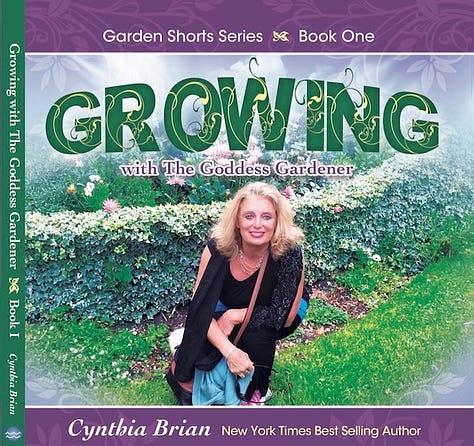
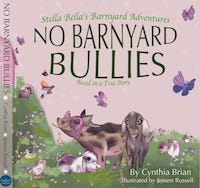

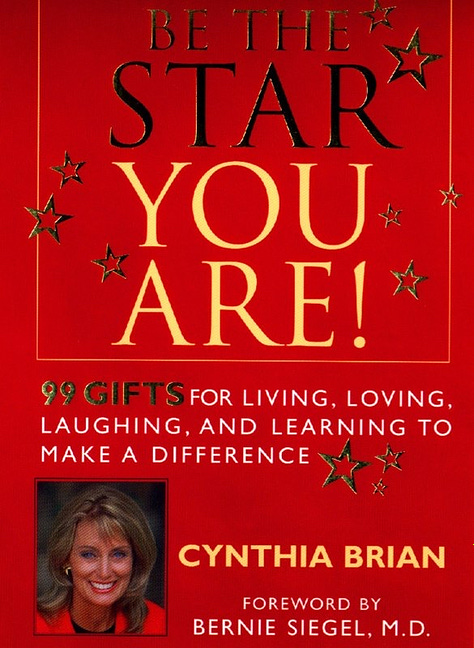
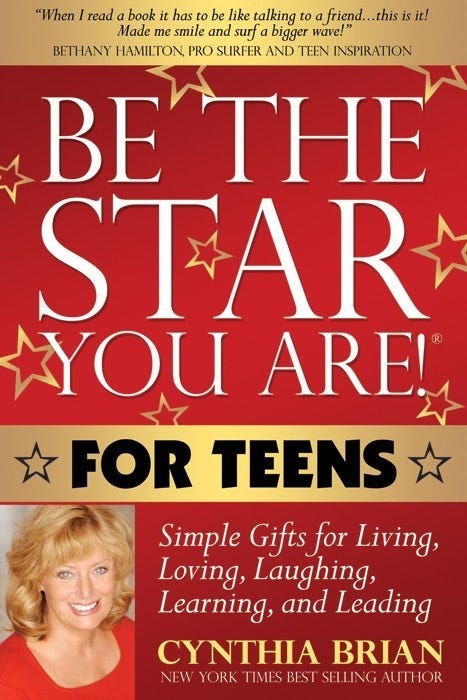

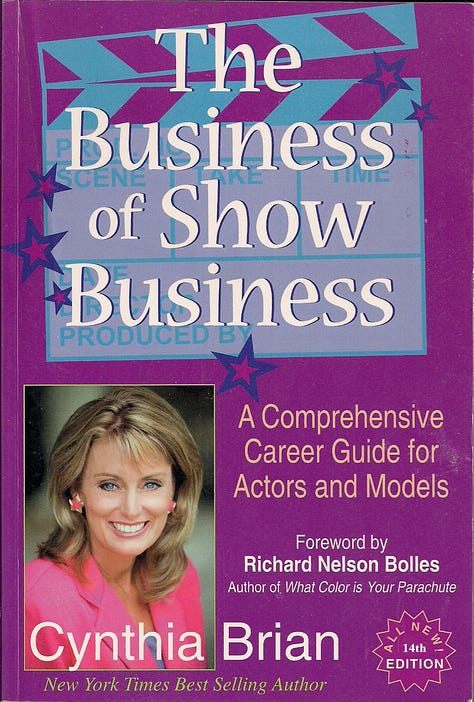

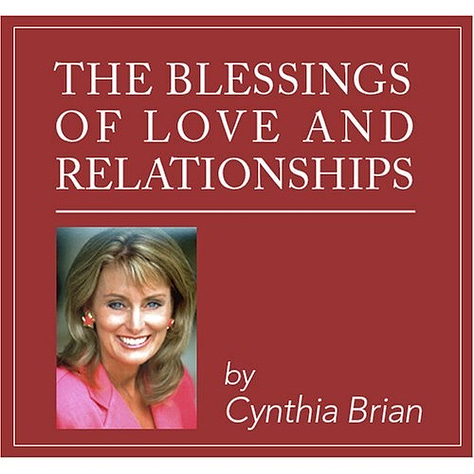
Hire Cynthia for writing projects, garden consults, and inspirational lectures. Cynthia@GoddessGardener.com https://www.GoddessGardener.com
Keep Digging Deeper and be your unapologetically authentic self!
Thanks for being part of StarStyle® Empowerment! Smiles!
o All Photos and Text © 2023 Cynthia Brian






